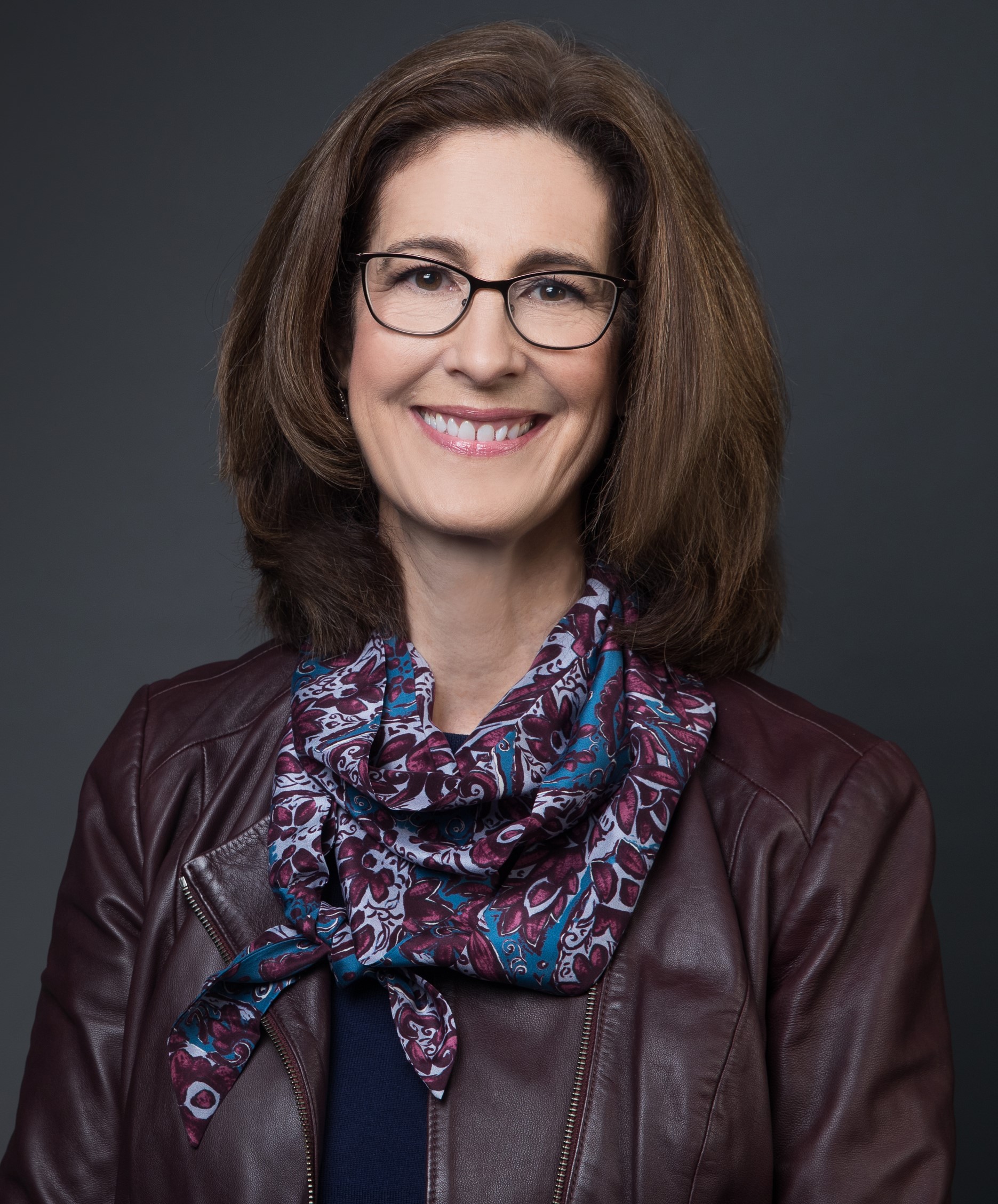Dear Members:
At our annual planning retreat in a few weeks, the Board will be bringing together months of environmental scanning, analysis and discussion around the Board table. We will be planning for the year ahead in the interests of members and with a new government. Today I wanted to give you a sense of what that has involved.
There are two questions that the Board seeks to address. First, how will the AMA advance our vision of a high-performing health care system with the new government and all our partners? Second, what AMA resources are needed to support members in what they do every day as clinicians, stewards and leaders in the system?
To help inform this work, in late February we conducted a Member Issues Survey. The Board wanted to know how members are doing in a number of areas. The results (find more information at the bottom of this email) told us many things. For me, and as the survey report puts it, member issues boil down to the fact that they want the AMA to help them deal with the complex issues they face as clinicians and physician leaders, to produce a higher quality of life that helps them perform at their best.
The Board has also been paying attention to what is being said in the public domain about the health care system, physicians and what patients need. For example, reports have been published by groups like the Fraser Institute, making the general points that, while they recognize the efforts and quality of health professionals, Alberta as a whole spends more per capita on health care than our neighbors do, with results that fall only in the middle of the pack.
That is one perspective. The Board notes that Albertans in general make more than the national average and physician overhead costs are higher here, also – partly because of high staffing costs. Also, these reports often use wait times as an outcome measure. The Board thinks there are many complex factors involved and we would like to see better – or at least, additional – ways to measure performance.
All that being said, our track record shows that not only do physicians understand the fiscal pressures of health care, we are willing to be accountable, step up and help to manage costs. We have accepted 0% fee increases in five of the past nine years. We have voluntarily worked with Alberta Health to reduce the rate of expenditure growth in the Physician Services Budget, from 6-7% annually five years ago, to just over 1% in the past two years.
The Board knows that practical, forward thinking is going to be needed in the very near future and we have been preparing by exploring options for the profession. In doing so, we’ve agreed that sustainability won’t be achieved by exclusive focus on either fiscal restraint or quality. Transformation comes from linking affordability and quality to generate value.
We have landed on a framework that we think has potential to deliver value and affordability by increasing integration in the system. We already have the most advanced Medical Home model in the country (as rated by the College of Family Physicians of Canada – see image below).
|
College of Family Physicians of Canada. The Patient’s Medical Home Provincial Report Card – February 2019. Mississauga, ON: College of Family Physicians of Canada; 2019. Color Legend
|
The Board will support our primary care leaders toward continuous improvement and evolution of that model. We will also need innovation, though, by which we mean moving beyond primary care, from the Medical Home to a much broader, integrated concept of a Health Neighborhood. Physicians can’t do this on our own. As we work with our partners, the Board believes we should be open to any options that will add value.
There will be more to come, but for today I just wanted to give a sense that the Board is working very hard on your behalf. I really appreciate it when members provide feedback by email. I’m also going to be out around the province this spring and summer, meeting with various physician groups. I want to spend time talking about the things introduced in this letter. More importantly, though, I also want to learn what members are thinking and what you would like to discuss. We are reaching out to sections, ZMSAs and RF delegates who requested follow up to look for meeting opportunities. If you will be part of physician gatherings between now and August, please let me know and I will do my best to attend.
You can reach me directly or comment as follows:
- Communicate with me privately and directly by email if you would like a reply: president
@albertadoctors .org - Share your perspectives with colleagues on our member-only Discussion Board (member login required).
- Comment publicly below on this President’s Letter.
--------------------------------------------------------------------------
About the Member Interests Survey
The survey was distributed February 26 and the administration closed on March 5. Responses were received from 1,339 members for a response rate of 10%. This is a typical response rate for this kind of survey and provides valid and reliable opinions of members. The data is valid 19 times out of 20 within a margin of error of +/- 2.55%.
The general findings of the survey tell us that members struggle to deal with patient volume and practice pressures like overhead costs. They want to help ensure physicians are available where patients need them, but aren’t always seeing that happening now. They are planning for their futures and there are many who are near retirement as we experience a demographic shift.
The full survey results will be available in the May-June issue of Alberta Doctors’ Digest. Watch your email for notification later today (May 15) or tomorrow.
Warm regards,
Alison M. Clarke, MD, CCFP, FCFP
President
